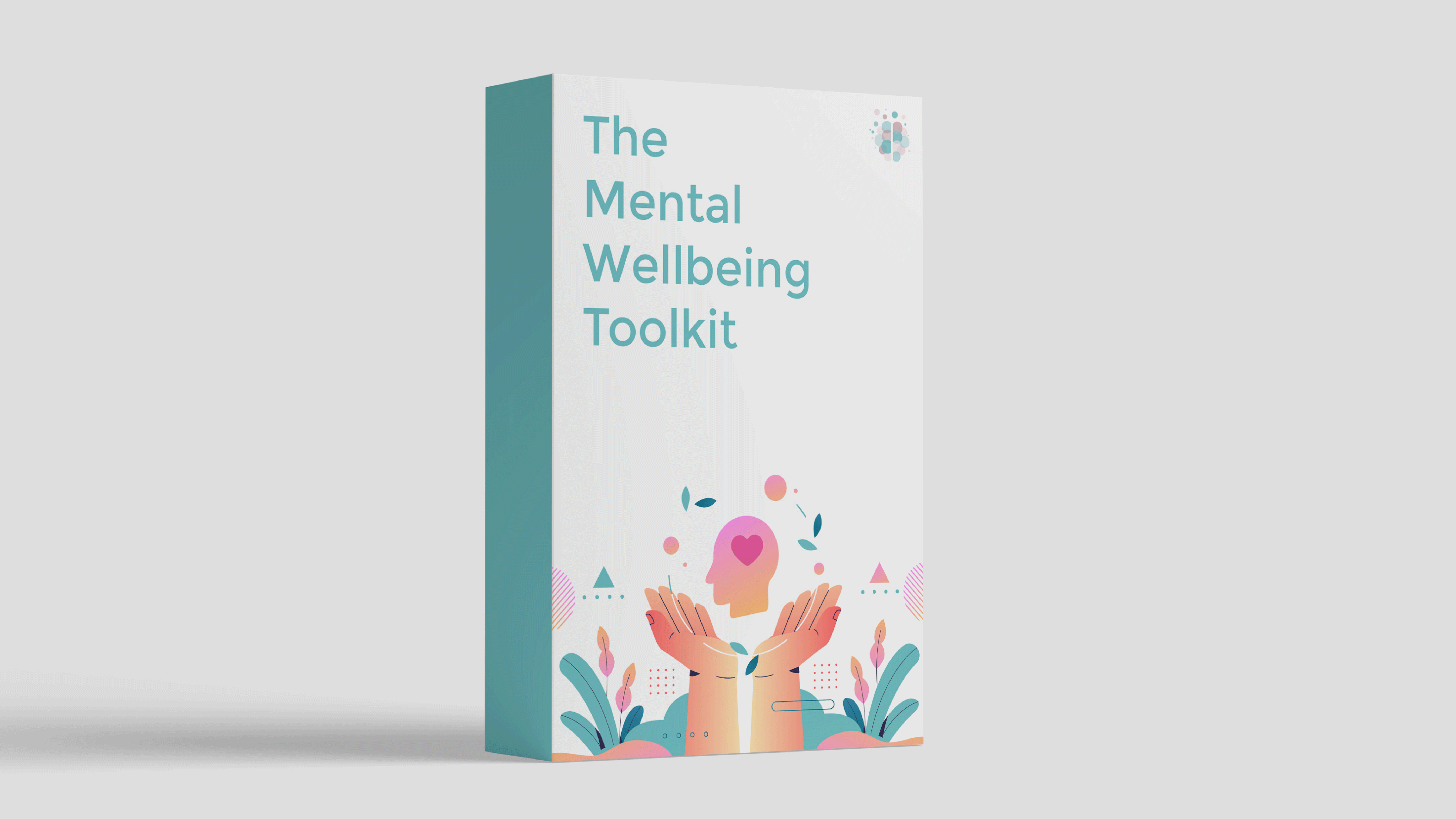It’s important to note that recognising something’s not quite right with your mood and then actively seeking support isn't always easy, so well done for getting this far!
Some GPs have a slightly different outlook on mental health than others. Generally speaking, as their expertise is on the body and physical ailments, one of the first methods of support they may discuss is medication. Your view on this will be completely subjective. Another common route they may recommend is a referral to your local NHS service for psychological therapies, such as Cognitive Behavioural Therapy (CBT).
What Is Cognitive Behavioural Therapy (CBT)?
Cognitive Behavioural Therapy, commonly referred to as ‘CBT’, looks at thoughts, behaviours, physical symptoms and feelings to help you understand how issues, such as low mood and anxiety, can be kept going long after the initial trigger (if known) started it off.
The focus of CBT can differ from other methods of therapy, such as counselling, psychotherapy or interpersonal therapies, as its aim is to acknowledge that elements from your past may have contributed to the way you feel now, but also that actions you can do to change this in the present may be limited.
Instead, the focus is on looking to the future and investigating how your current actions may be keeping you trapped in unhelpful thoughts, behaviours or feelings, in a sort of vicious cycle that may feel difficult to break.
CBT helps you understand exactly what’s happening in your daily life that may be contributing towards unhelpful cycles. It aims to help you make positive behaviour changes that can help you break out of vicious cycles, enabling you to move forward.
What Happens After Your Referral?
At first you may be referred for an initial assessment in which your therapist will try to get a better understanding of your current symptoms to decide which course of support may be more beneficial for you.
After this, if suitable and dependent on which mode of therapy can be offered, a standard session can be anywhere from 30 minutes to an hour, and may be conducted face to face, over the phone or even sometimes in groups.
It’s important to say that having some level of anxiety throughout this whole process is completely common. However, know that whatever you have to say, your therapist is there, first and foremost, to listen. They’re trained extensively and are likely to have heard a lot of things in their time!
Being honest about any apprehension or nervousness will hopefully help your therapist to put your mind at ease.
Common Key Elements of a CBT Session
- Catch up about your week
- Questionnaires (looking at frequency of any current symptoms)
- Risk check – purely to make sure everyone is keeping safe
- Talking through and building on your chosen intervention
- Setting agreed tasks for the week ahead
Within CBT as with many therapies, you may be asked to complete some in-between session work, sometimes referred to as ‘homework’.
However, this isn’t like school! Homework is set to ensure you understand the tools and techniques you’ve discussed with your therapist. Importantly, this allows you to implement your new skills outside of the therapy room.
Remember as with any person seeking change, your therapist can help guide and support you through challenging times, but also that the real power lies within yourself to really bring about this desired change.
Key Points to Remember About CBT
1. Therapists Are There to Help You
Unfortunately, as with any professional practice, not all people will agree or get along with their therapist. The prospect of change can be scary, but this doesn’t mean that this is always the case. Know that whatever happens, there’s always another therapist who will be there to listen. Read our guidance on how to know whether or not your therapist is a good fit here.
2. Be as Honest as You Can
Being honest will help your therapist give you the support that may be the most beneficial. Within this, any scary questions are there to help your therapist understand further and help keep you or others safe.
3. You’re in Charge of What You Want to Work On
Whilst your therapist can guide or help you to decide what will be most helpful to work on, they’re not mind readers! If you find something isn’t working or is unhelpful, communicate this in your session and work together with your therapist to find a solution.
4. Therapy Can Be Draining!
Whilst hopefully helpful, therapy can be hard work. That’s why it’s okay if you need to take a break in session - just make sure your therapist knows. It’s also good to rest or do something nice for yourself after the session to congratulate yourself for doing it.
5. Cognitive Behavioural Therapy (CBT) Isn’t for Everyone
Like with any therapy, what works for you may not work for another person. Also, just because something hasn’t worked this time around, it doesn’t mean that it never will! CBT has helped lots of people lead a better quality of life. Just remember to be patient, keep an open mind, and take it one day at a time.
A Toolkit to Help You Overcome Anxiety and Low Mood
Research shows that self-help materials are often enough for people to overcome mild to moderate mental health difficulties without professional support.
Our self-guided program includes tools from CBT, DBT, ACT and more, so you can discover what works best for you. Check out The Mental Wellbeing Toolkit today – it's "like 10 therapy sessions in one."

About Brittany
Brittany is a Psychology and Counselling graduate currently working as a Psychological Wellbeing Practitioner in the NHS. She has a background within psychological theory, therapeutic counselling, CBT and knowledge of associated psychological difficulties, with experience and expertise in anxiety disorders."Encouraging people to learn to live a better quality of life and importantly, not let their mental health difficulties define them is paramount to me."



